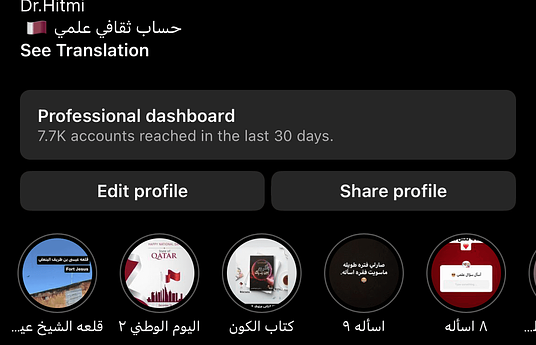The Venezuelan socio-economic crisis has increased the vulnerability of less benefited communities. Lack of access to food, stable basic services (electricity, water, connectivity) are exacerbating challenges to coexist. Validated by the Ministry of Education, the program attempts to provide tools to manage emotions initially in school environments transferable to the family and community context.
Aulas de Paz promotes a well-being feeling in the classroom, transferable to other spaces. The implementation is done during the school year, through a manual designed by Aseinc. Aulas de Paz guides teachers or community leaders with a structured methodology divided in three modules: “I recognize myself”, “I recognize you”, “We live together”. Accompaniment from Aseinc is included to develop a series of dynamics with children and adults. Activities cover strategies and dynamics with different values; working mediation and conflict resolution; enhancing individual and group self-knowledge; management of emotions; working as a team and respecting diversity.
At the end of each module and through origami recreational folding, children and adults create a dove, a crane, and a lotus flower respectively as symbols. In each fold they are invited to write a key message learned. The program can be adapted to the school, family, or community context.
Since 2019, Aseinc in partnership with Chevron, European Union, Education Cannot Wait, identified the urgency to include Aulas de Paz as transversal program to all education and community initiatives carried out by Aseinc. Topics include child protection, family conflict and managing emotions in children, parents and caregivers. The program was reinforced during the C-19 pandemic and to strengthen it, Aseinc incorporated psychologists to the team. In 2020, LEGO Foundation's value audios were included.
Teachers and Community Leaders have reported a reduction of violence, however, it is complex and not yet solved. Up tp date, the program has benefited 201.4K children and adolescents, 550 schools, 9.2K teachers, 750K+ indirect beneficiaries, totaling more than 900K+ individuals reached.
The proposal is in Spanish and can be translated to other languages. Please contact Aseinc (Asociación para el Desarrollo de la Educación Integral y Comunitaria - Association for the Development of Comprehensive Education & Communities) to learn how to adapt Aulas de Paz to other vulnerable communities and increase the impact in other regions. Carolina Orsini, Executive Director.



